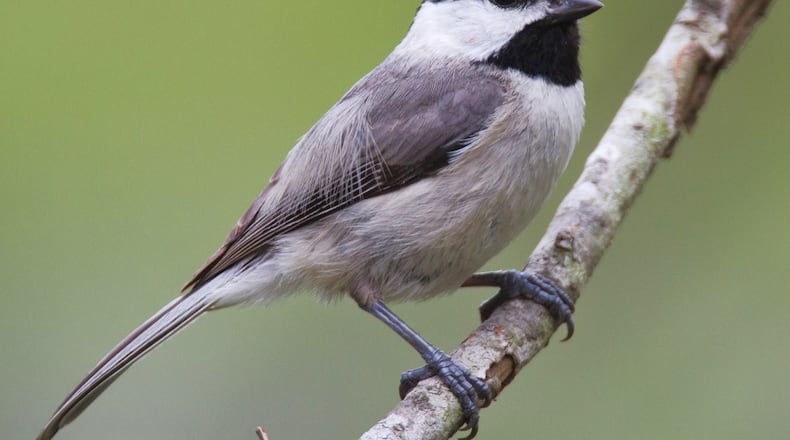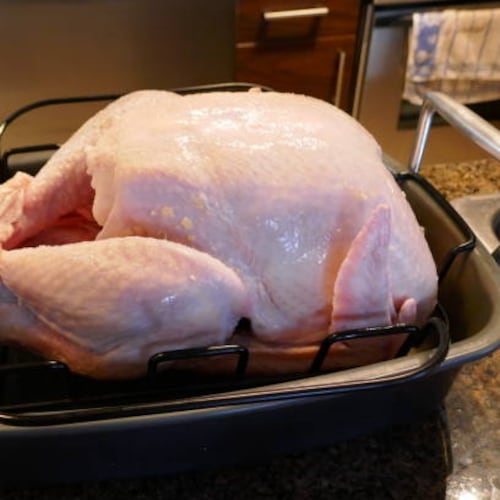I sometimes hear Georgians refer to the little black-and-white bird coming to their feeders as the black-capped chickadee. Actually, in Georgia, it would be the Carolina chickadee, one of the state’s most common backyard feeder birds. It’s a permanent, year-round state resident.
It’s understandable that folks may get the two species mixed up — they look closely alike. Even veteran birders sometimes have trouble telling the species apart. Both species have similar (though not identical) black caps, white cheeks and black bibs that make them seem as if they’re wearing tuxedos. Even their voices are similar.
Still, they’re different enough to be two distinct species.
Perhaps the best way of identifying them is by location. Black-capped chickadees live in the Northeast; Carolina chickadees occur in the Southeast. So, if you see a chickadee in Georgia, you can be sure it’s a Carolina chickadee.
About the only place where the two species regularly occur together is a band some 20 miles wide stretching from northern New Jersey to Kansas. Black-caps can survive the harsh winters north of the zone; Carolinas cannot. The narrow band is called the “hybrid zone” because the two species overlap there and often interbreed with one another, producing hybrid offspring.
In recent years, however, researchers at Villanova University have discovered that Carolina chickadees are spreading northward and the zone itself is shifting north at around 0.7 miles per year. A probable reason: climate change, which is making winters warmer.
But as Carolinas spread north, they will run into more black-caps. More interbreeding will occur. A high percentage of hybrid eggs, however, don’t hatch; those that do often produce chicks that are less fertile.
What it means for the two species’ future is unclear, but it might not bode well for either one.
IN THE SKY: From David Dundee, Tellus Science Museum astronomer: The South Delta Aquariids meteor shower begins this weekend and will be visible at dark all next week in the southeastern sky, peaking at 15 meteors per hour on Thursday night and early Friday morning. The moon will be new on Thursday. Rising in the east sky are Mercury (very low) just before dawn; Venus, a few hours before sunrise; Mars, around 2 a.m.; Jupiter, around midnight; and Saturn, a few hours after dark.
Charles Seabrook can be reached at charles.seabrook@yahoo.com.
About the Author
The Latest
Featured


